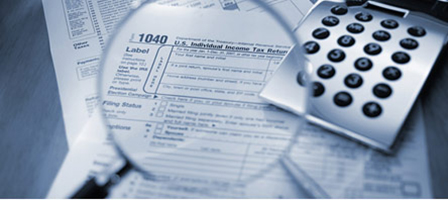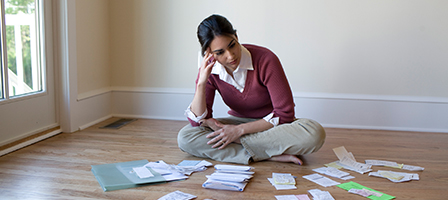PLAN FOR SELLING YOUR HOME
Each individual taxpayer, regardless of age, is allowed to exclude up to $250,000 of gain from the sale of their main home if certain requirements are met. A married couple that meets the requirements can exclude up to $500,000. To qualify for the exclusion, a taxpayer must own and live in the home as their main home for two of the prior five years immediately before the sale (under certain circumstances the five-year period is extended for military personnel and intelligence community employees). Short temporary absences, such as for vacation or other seasonal absence (even though accompanied with rental of the residence), are counted as periods of use.
If the home was originally acquired via a Sec 1031 tax-free exchange, the home must be owned for a minimum of five years before a home-sale gain exclusion can be utilized, provided the taxpayer also meets the two-year use test. Any gain in excess of the excludable amount is taxable.
If the home was previously used as a rental, second home, used by a relative, unoccupied, etc., and converted to the taxpayer’s primary residence, the gain must be allocated between gain attributable to non-qualified use after December 31, 2008 and home sale gain. Non-qualified use is any use other than as a home between January 1, 2009 and the time it was converted to the taxpayer’s home. Only home sale portion of the gain qualifies for the $250,000/$500,000 gain exclusion.
The exclusion can be used over and over again, as long as two years have elapsed between sales and the taxpayer otherwise meets the ownership and use tests. If there is a loss from the sale of your home, that loss is not deductible. Even if the taxpayer doesn’t qualify for the full exclusion, he or she may still qualify for a partial exclusion if the home is sold due to a job-related move, health reasons, involuntary conversions, death, loss of employment, divorce, or other unforeseen circumstances. Also, in divorce situations where one spouse remains in the home for an extended period after the divorce, the spouse who no longer lives in the home may still qualify for the exclusion based on the other spouse’s use period. If claiming, or have previously claimed, a home office deduction for an office that is an integral part of your home, the IRS has taken a liberal approach and allows the gain from the office portion to also be excluded, except for home office depreciation claimed after May 6, 1997. That depreciation, to the extent of any home sale gain, is taxable at 25%. However, this liberal treatment is not extended to gain derived from a portion of the property that is separate from the dwelling and that was used for business. The exchange of a home can qualify for both the §121 home sale exclusion and §1031 like-kind exchange deferral treatment. This can occur where the property was used as a principal residence and a business consecutively (e.g., use as a principal residence followed by rental of the property) or concurrently (a portion of the home used as a principal residence and a portion used as a home office).
A beneficiary who inherits the residence of a decedent generally (except in some cases for decedents who died in 2010 receives a step-up or step-down in basis based upon the value of the property at the date of death, and since it is inherited property, it is treated as held for long-term. Generally, a beneficiary will sell the residence through a broker and will have substantial sales costs. These sales costs quite often translate into a loss on the sale (sales price – sales costs – inherited basis) if the beneficiary does not use the property for personal uses.








Leave a Reply
Want to join the discussion?Feel free to contribute!